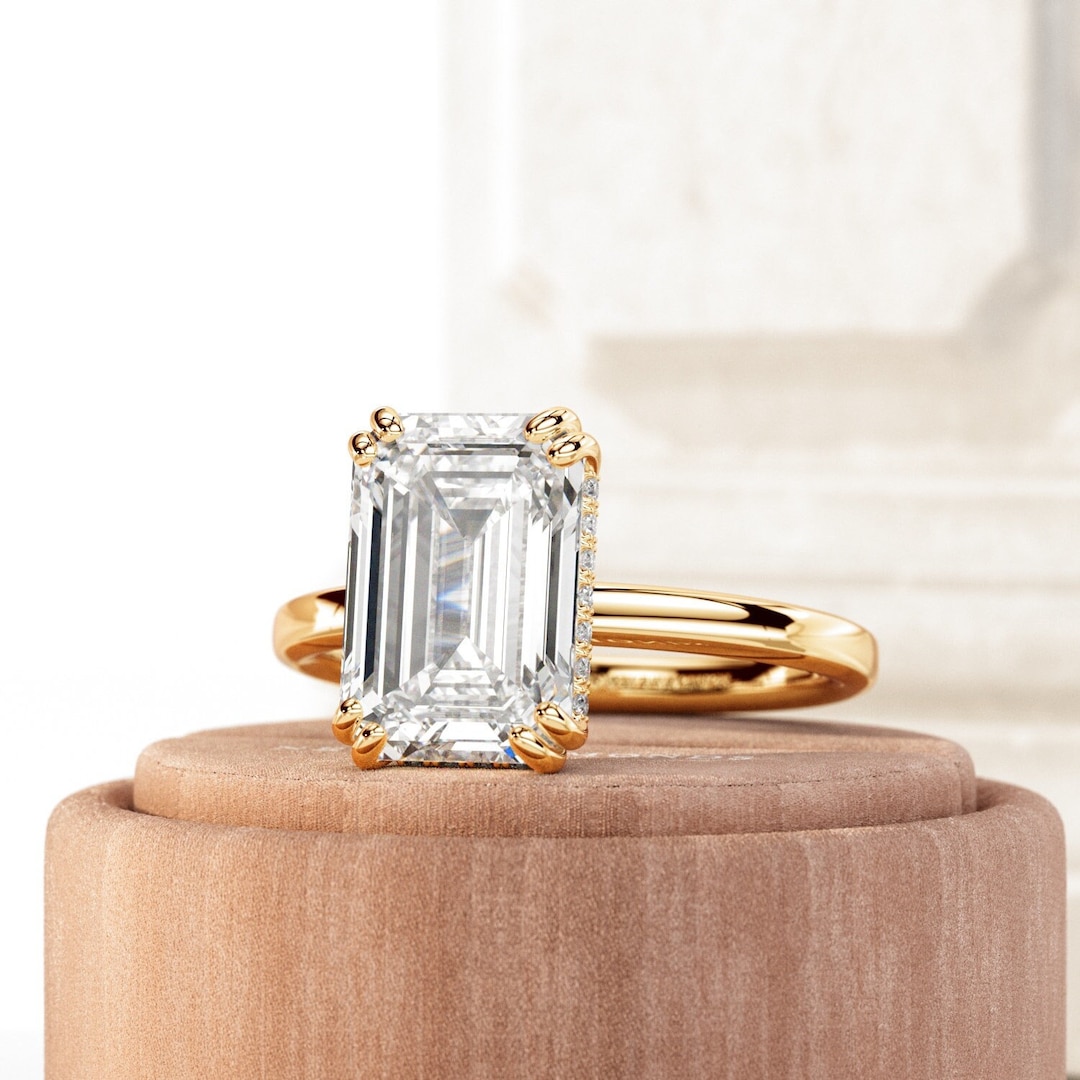Accuracy and Attractiveness: The Manufacturing of Synthetic Diamonds
Recently, lab grown diamonds are now considered a stunning and conscientious alternative to their traditional counterparts. Due to increased awareness of ecological issues and the moral concerns related to diamond mining, consumers are progressively drawn to these stunning stones that provide the identical brilliance and durability. The process of creating lab grown diamonds combines cutting-edge technology with precision engineering, resulting in gems that possess all the characteristics of natural diamonds but lacking the associated ethical dilemmas.
The journey of a lab grown diamond starts with the thoughtful selection of carbon sources and the application of methods that replicate the natural diamond formation process. These processes not just ensure the creation of exceptional stones but further allow for greater control over quality and size. In this article, we will delve into the intriguing fabrication techniques of lab grown diamonds, discovering how art and science come together to generate these extraordinary gems. Furthermore, we will also touch upon the value of comprehending the nuances of carats and how this influences the overall value and appeal of these exquisite creations.
Grasping Lab Grown Diamonds
Synthetic diamonds, often called lab created diamonds, are created using cutting-edge technology that mimics the natural processes that form diamonds deep within the Earth. These diamonds possess the same physical, material, and optical properties as their traditional variants, making them impossible to differentiate to the naked eye. The two primary methods for creating lab grown diamonds are HPHT and CVD. Both techniques produce gemstones that are ethically sourced and environmentally sustainable.

The HPHT method replicates the high-pressure and high-temperature conditions found in the Earth, where authentic diamonds are formed. A small diamond crystal is placed in a carbon medium, which is then subjected to intense pressure and temperature. This causes the carbon to solidify around the seed, forming a diamond in a matter of days to weeks. On the other hand, CVD involves applying carbon gases onto a base material, allowing the carbon atoms to form crystals and create a diamond layer over time. Each method has its unique advantages and can produce diamonds of multiple sizes and qualities.
Lab grown diamonds are gaining popular not only for their aesthetic appeal but also for their commitment to eco-friendliness. With a growing awareness of the moral issues of diamond mining, more consumers are choosing lab grown options. These diamonds provide an alternative that does not contribute to ecological harm or exploitative labor practices. As technology continues to advance, lab grown diamonds are becoming increasingly available, offering consumers luxurious options without sacrificing their values.
Analyzing Carat Mass Weight
While considering synthetic diamonds, carat weight plays a important role in affecting their worth and attractiveness. Carat is a unit of measurement that represents the weight of the diamond, with a carat equal to 200 milligrams. It is important to understand that while carat weight influences the overall size of the diamond, it does not directly correlate with the quality of the stone. A properly cut diamond can appear larger than its carat weight may imply, according to its cut, proportions, and shape.
In the realm of cultured diamonds, buyers often search for unique carat feedback to gauge the trend and attractiveness of specific carat sizes. Diamonds weighing in the range of 1 to 2 carats tend to be the most desired, as they find harmony between bulk and price. Nonetheless, diamonds of varying weights can suit different personal tastes and financial plans, making it important for buyers to think about what carat weight best fits their desires and likes.
Ultimately, the concept of judging carat weight goes hand in hand with individual importance and aesthetic appeal. A larger diamond may be initially more striking, but the ideal carat weight is dependent on personal taste and can change based on personal style and the occasion. Whether a buyer chooses a delicate half-carat stone or a striking three-carat diamond, grasping the significance of carat weight in the total evaluation system is essential for making an wise purchase.
The Aesthetics of Rare Carats
The allure of man-made diamonds often lies in their remarkable aesthetics, which are similar to their natural counterparts. Rare carats, being heavier and more significant, enhance the visual impact of these gemstones. The purity, cut, and hue of lab grown diamonds are meticulously engineered to achieve breathtaking beauty, enchanting enthusiasts and collectors alike. The regulated setting in which these stones are created allows for excellence in cutting and presentation, resulting in sparkle and fire that can rival even the finest mined diamonds.
In addition to their visual appeal, the distinctiveness of lab grown diamonds adds to their attraction. rare carat review can be designed to achieve specific characteristics that suit specific styles, from rich blues to vibrant pinks. This customization not only shows personal taste but also allows for a wider expression of beauty in fine jewelry. The sentimental connection to a piece made from a rare carat can become profound, linking the wearer to the craftsmanship and talent involved in its creation.
Furthermore, the view of rarity in lab grown diamonds can boost their visual value. While they may not have the natural origins of natural diamonds, the accuracy with which they are engineered can create stones that are exceptionally beautiful. This blending of science and artistry gives lab grown diamonds their own category of allure, appealing to those who value both sophistication and creativity in their jewelry. The artistic qualities of rare carats, combined with sustainability, ensure these gems hold a important place in the sphere of luxury items.